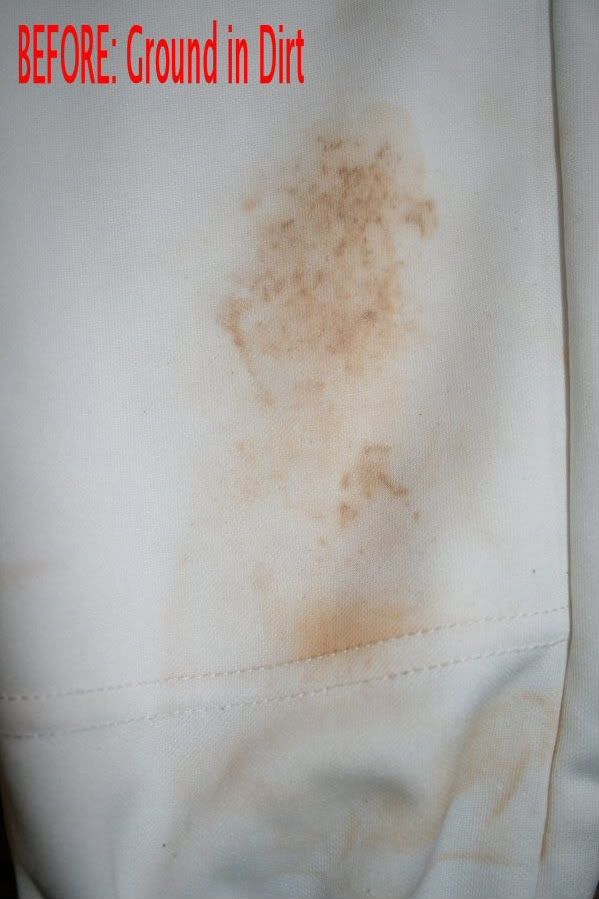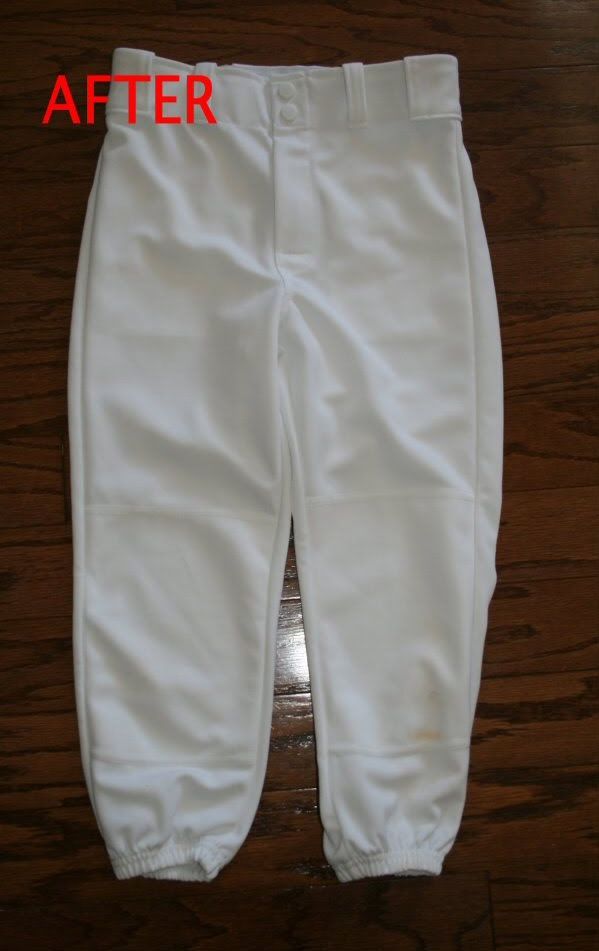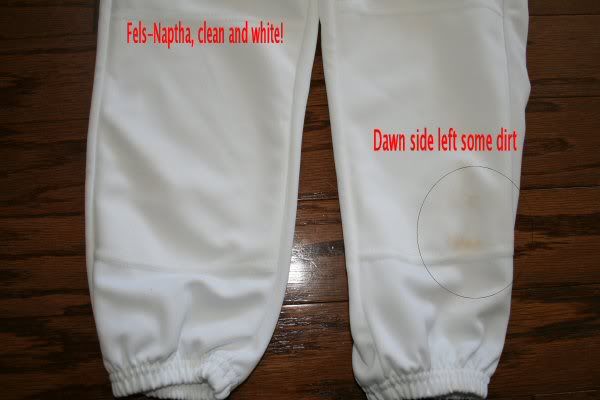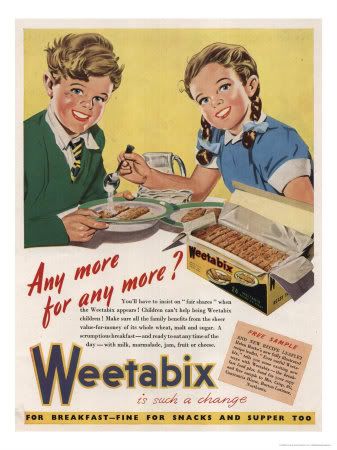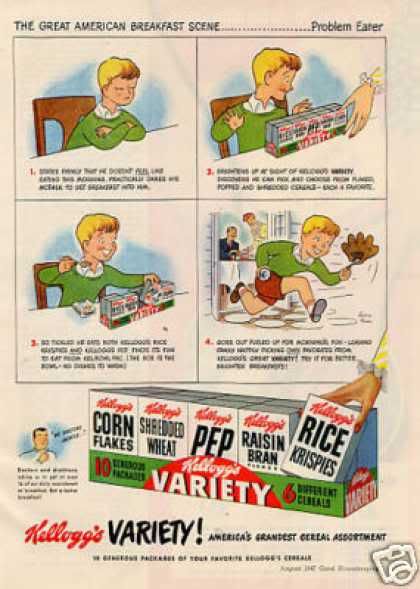Know what I love about my husband? He trusts in my creative talents, so when I say crazy things like "Can I paint the refrigerator?" He says SURE! OK, well maybe not at first, but once I explained I've researched the process and I'm sure I can do it, THEN he says sure! Only I'm not sure if that sure is a, "I sure hope you know what your doing" sure or, "Sure if you screw it up we can get the stainless steel fridge I've been wanting for the last year" kinda sure... in either case, I'll take that sure and run with it!
This refrigerator is the second major purchase we bought together when we moved to Georgia... the first being our house. 14 years later, and one house later, it's still alive and kicking. Normally, that would be a good thing, only when we purchased our second home, we got an appliance allowance and we spent it (and more) on the three required appliances: an oven, microwave, and dishwasher. Yep, amazingly a fridge is not considered something that has to be put in to pass inspection. We've lived here for seven years now, and it's very hard for me to justify purchasing a new fridge just because it doesn't match the rest of the appliances... plus having four children means that we usually don't have an extra couple grand to toss around just for kicks and giggles.
Recently my parents and I took a couple of days to repaint the interior of my home to a beautiful light blue color. (Sherwin Williams, Bewitching Blue) It certainly has me spellbound and I just LOVE it! It's such a fresh color, but yet instantly seems to take me back in time to the 40's and 50's when homeowners used an abundance of color throughout their homes. Paired with the freshly white trim throughout the house, it's got a beachy, yet regal historical feel to it... at least that's my thoughts. ;) Loving the color so much, it has inspired me to tackle other decorating ideas that I've been wanting to try!
The inspiration for my fridge re-do comes not only from the new wall color, but also from my Kitchen Aid mixer, in the lovely Empire Red color!
The goal for the fridge is to come out looking very similar to the shiny high gloss red of the mixer... keeping details like the chrome for accents.
Oh, and if you think that updating your fridge is a new idea? Nope! Check out this 1953 ad for a International Harvester Decorator Refrigerator:
1 3/4 yards of fabric and 7 minutes later, you too could have a swanky new fridge! One has to wonder how fabric managed to hold up?! After doing my research, I've found people are wallpapering their fridges too and painting them with chalkboard paint! Craziness... what has the world come too?! ;)
I hope you'll follow me on my journey as I transform my boring white fridge to (hopefully!) a retro red and chrome masterpiece!
DAY 1
Research, research, and research! Depending on the make/model and style of your refrigerator you want to make sure that you research the appropriate paints to use. My unit has metal, plastic and rubber. You want to use paints specially designed to adhere to the right surfaces... I mean, not a good idea to pull on the door handle and end up with half the paint flaking off onto your hands.... gross! Do the research and understand that this is a project that is going to require PATIENCE! If you don't have it, best to probably skip this project! You'll need to at least do 3 coats of paint as well as a possible primer, if you deem your fridge needs that.
Next part of the project? Clean. I mean cleeeeeaaaannnnnn that refrigerator inside and out! No dirt allowed! You don't want to paint over dirt as it will affect the coating, and you certainly don't want an awesome looking outside only to open it up and freak out over the inside! Take the time now to thoroughly clean it with soap and water first (I added a bit of baking soda to my mix).
Try and search out your make/model on the internet and see if you can figure out how to remove your doors, handles, and ice maker (if available).
Here's my refrigerator before: (Ekkk... look at that bottom grill--- nasty! Things you just don't notice til you get the camera out!! And who knew you were supposed to vacuum behind that to keep your fridge energy efficient? Not me!)
Step One: Clean the refrigerator outside with soap and water.... making sure to pull it into an area where you have plenty of room to work. If you are going to spray paint your refrigerator, be sure to take the unit outside! I plan on rolling mine with a foam roller.
Notice, I've taken the front plate off the ice maker and removed the four screws that held the plate on, cleaned all the gunk and grime from deep in the ice maker (so gross... I promise our next fridge will NOT have this feature!) You'll also notice the plastic in the ice maker area has yellowed over the years... I've got an idea on how I'm going to fix that, but I'm not liking the amount of work involved, so I'm just taking everything step by step...
Cleaning the inside is just as important as cleaning the outside... Most importantly, don't go to the grocery store before attempting this project. In fact, plan to eat out a few nights because your going to have to remove everything!!
So, is it time to paint now? Nope... time to clean it AGAIN.... I know, sounds dreadful, but you need to clean it with this product:
It's available at Home Depot for $5. It deglosses, degreases, and basically---- makes the unit able to absorb the paint... (this along with a light sanding, so don't forget your low grade sandpaper when you go to the Depot!)
So this is where I'm at now.... cleaning..... still! ;) I'll keep you posted as I continue with my fridge makeover!
While I'm cleaning, take a lovely look at some of these red beauties.... the first one is my favorite... but with a price tag of $2000 and only 9.22 cu ft., it's not really an option for this large family....
The Big Chill is awesome... and with an awesome BASE price tag of $2,800... hay, at least it's 20.9 cu. ft. ;P
While I'm cleaning, take a lovely look at some of these red beauties.... the first one is my favorite... but with a price tag of $2000 and only 9.22 cu ft., it's not really an option for this large family....
The Big Chill is awesome... and with an awesome BASE price tag of $2,800... hay, at least it's 20.9 cu. ft. ;P
The LG red floral beauty, boasts a beautiful price tag of $4,299...
and how about a 1946 original White Westinghouse red beauty?
My goal is to spend no more than $50 to transform my fridge into one that will rival one of these grand beauties!

















